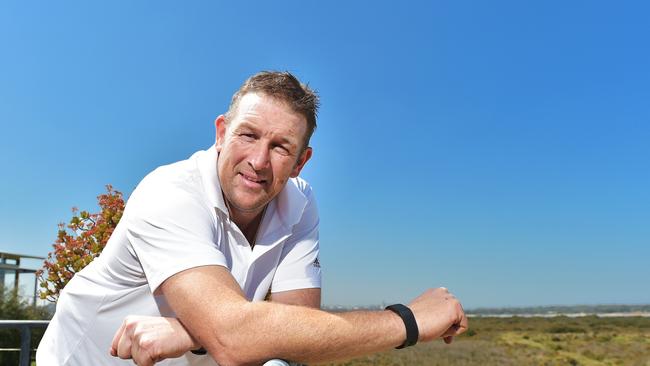Frankston and the Mornington Peninsula hotspots for Bairnsdale Ulcer cases
THE origins of a flesh-eating disease prevalent on the Mornington Peninsula has medical authorities stumped but GPs are getting better at treating it.

South East
Don't miss out on the headlines from South East . Followed categories will be added to My News.
A FLESH-EATING infection is again on the rise in the region, but doctors are getting better at treating the rare disease, says Peninsula Health.
If left untreated the bacteria gnaws through the skin, leading to permanent disfigurement and gangrene that can cause the loss of limbs.
It is not clear what causes it but experts believe it could be transmitted from infected possums by mosquito bites.
Flesh-eating Bairnsdale Ulcer cases soar on Mornington Peninsula
‘I hate seeing my daughter go through this’
Toddler battles flesh-eating bug on nose as fears grow over the rapid spread of Bairnsdale ulcer
Flesh-eating bug: David Schwarz tells of Bairnsdale ulcer battle
Peninsula Health head of infectious diseases Dr Peter Kelley said new cases of the buruli ulcer — most commonly known as a Bairnsdale ulcer — were being reported every week across Frankston and the Mornington Peninsula.
“There would be one or two every week and that quickly adds up,” Dr Kelley said.
In 2015 there were a record 106 cases in Victoria and 46 people have been infected so far this year.
Health Department spokesman Bram Alexander said 33 of those 46 cases were reported in the southern metropolitan region which includes Frankston and the Mornington Peninsula.
He said 25 cases were reported in the region for the same period last year. By the end of last year there were up to 41 cases reported.
“We don’t know why a tropical infection is showing up in an area with a temperate climate,” he said.
“More work needs to be done to figure that out.”
Dr Kelley said it was likely that most of those with the bacteria were infected during summer.
“It can take a while for it to show up and then be identified, which is why we tend to have a spike in winter,” he said.
Dr Kelley said many of the cases were being caught early as local GPs became more aware of the issue.
“When it’s caught early it can be treated with a course of antibiotics and there is generally no need for plastic surgery,” he said.
He said a PCR test could be used to quickly identify the bacteria.
“Those results can be obtained in two or three days,” he said.
“In the past a swab had to be taken and the bacteria grown in the lab which could take up to 12 weeks.”
Bairnsdale ulcer
The Bairnsdale ulcer is related to the same bacteria family as leprosy and tuberculosis but is not contagious.
The cause is unknown but the bacteria is associated with swampy or stagnant water, and/or coastal vegetation and has been found in mosquitos and animals such as possums.
Infection can be avoided by wearing protective clothing and mosquito repellent when gardening.
Risk to public is very low, even in areas where the ulcer is endemic.
